11111
Niaj hnub no, nyob rau hauv architectural kev zoo nkauj, façade tsis yog tsuas yog sab nrauv ntawm lub tsev, tab sis kuj yog ib tug ua ke ntawm niaj hnub architectural style, lub tsev muaj nuj nqi thiab niaj hnub ib puag ncig. Architectural aluminium nthuav hlau, raws li hom tshiab ntawm façade cov khoom siv hauv tsev, tau maj mam dhau los ua cov khoom lag luam tseem ceeb hauv daim ntawv thov ntawm lub tsev façade. Nws yog tsuas yog siv nyob rau hauv cov tsev niaj hnub. Cov hlau nthuav dav muab kev pom kev zoo nkauj thiab tuaj yeem ua lub luag haujlwm tseem ceeb hauv kev nyab xeeb, qhov cua, kev tiv thaiv ntiag tug thiab lwm yam.
The role of Expanded Metal in Façade design:
With the advancement of modern urbanization, more and more architectural designs need to meet the functional requirements of buildings while also considering the aesthetics of architectural design and the coordination with the environment. Expanded Metal, as a highly three-dimensional material, can provide a favorable solution for Façade design. This unique mesh structure can not only effectively achieve beautiful light and shadow effects, but also enhance the overall layering and dynamics of the building façade.
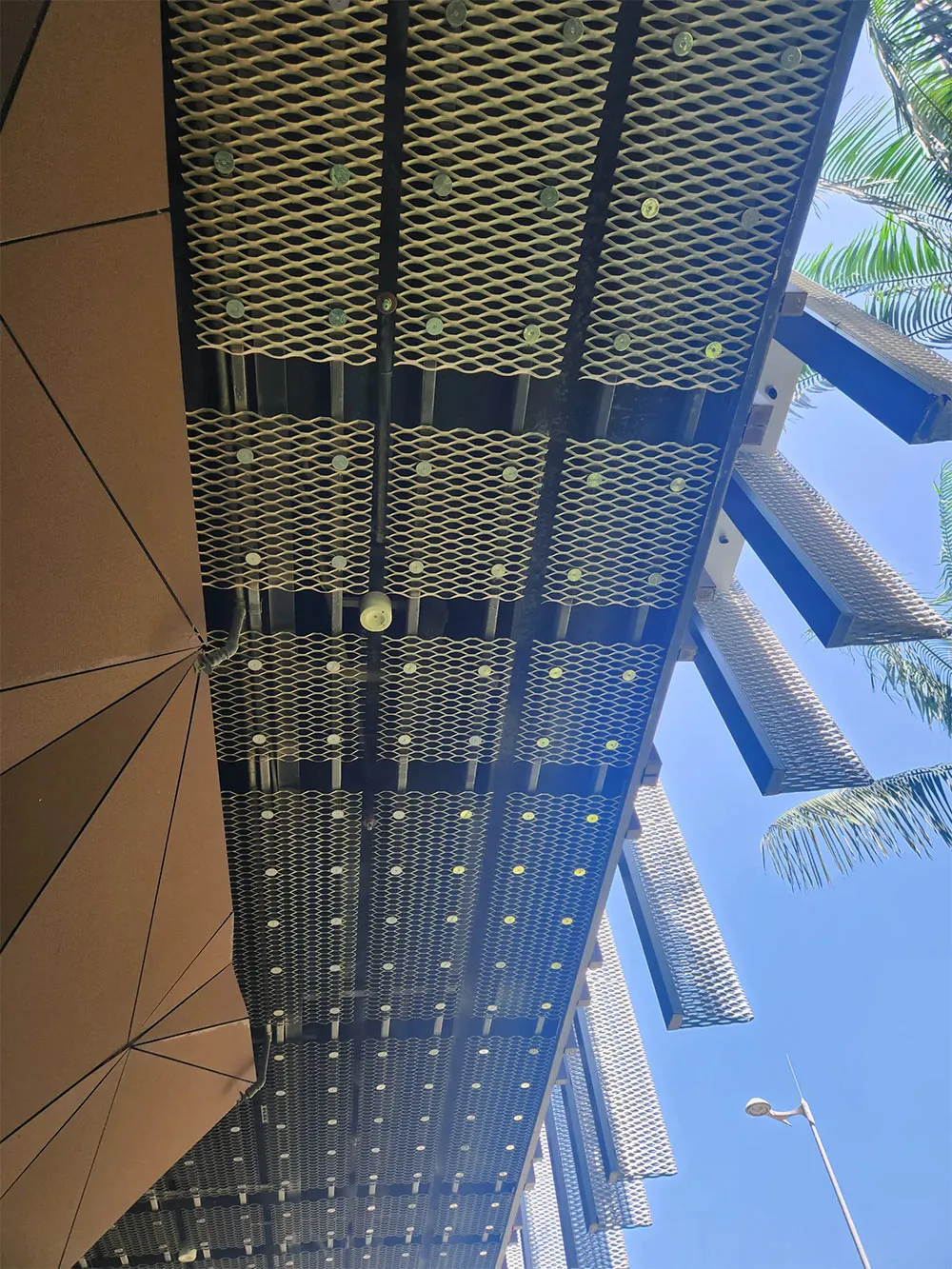
Kev sib koom ua ke ntawm kev zoo nkauj thiab kev ua haujlwm
The grid structure of Expanded Metal can improve the ventilation effect of the entire building while ensuring the visual effect. It is mainly used in façade decoration in commercial buildings, public facilities, residential areas, etc. For example, the exterior of a building made of expanded metal can present a diamond effect of light and shadow under the sun, enhancing the decorative art of modern style. At the same time, the permeability of expanded metal ensures the circulation of air, which helps the ventilation exchange effect between the inside and outside of the building and maintains good indoor air quality.
Txhim kho kev ruaj ntseg thiab tiv thaiv tus kheej
Niaj hnub no, hauv qee lub tsev siab lossis cov tsev hauv nroog, kev tiv thaiv kev ceev ntiag tug tseem ceeb heev rau kev siv vaj tse thiab kev lag luam. Cov hlau nthuav dav muaj cov nyhuv tiv thaiv zoo thiab tuaj yeem tiv thaiv tib neeg txoj cai ntiag tug hauv ib puag ncig hauv kev lag luam ntiag tug lossis chaw lag luam. Nyob rau tib lub sijhawm, nws cov khoom siv hlau ua kom muaj kev ruaj ntseg rau lub tsev thiab tiv thaiv kev puas tsuaj rau sab nraud.
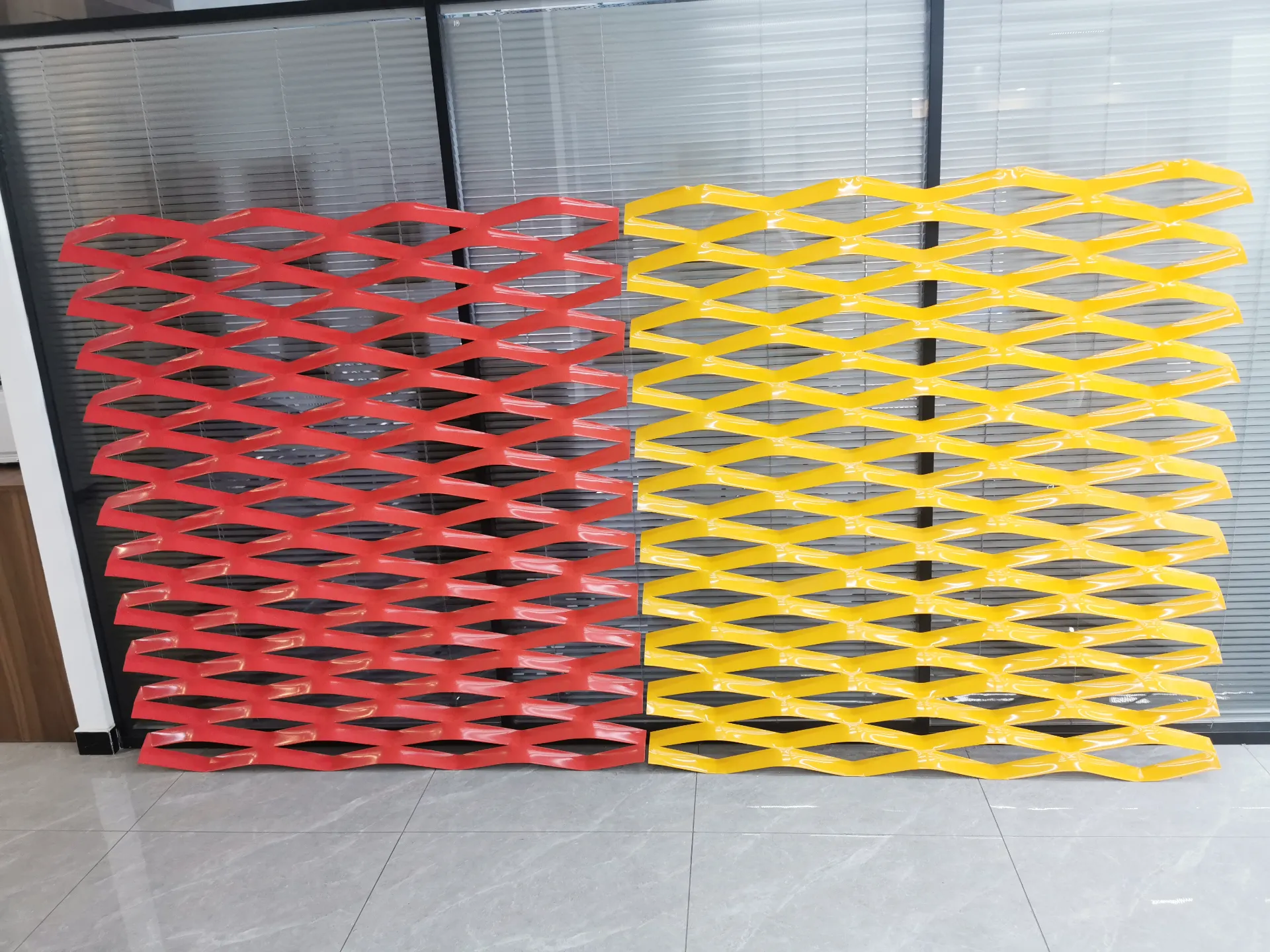
Sustainability thiab kev tiv thaiv ib puag ncig
Expanded metal mainly uses aluminum alloy materials in architectural façade, and there is almost no waste generated during the production process, and it is recyclable, which makes it a green building standard today. The use of expanded metal can reduce dependence on traditional materials and reduce resource waste, thereby greatly reducing the impact of construction waste on the environment. In addition, aluminum alloy expanded metal is durable, not easy to corrode, easy to clean, and can effectively extend the service life of the building façade and reduce the frequency of maintenance.
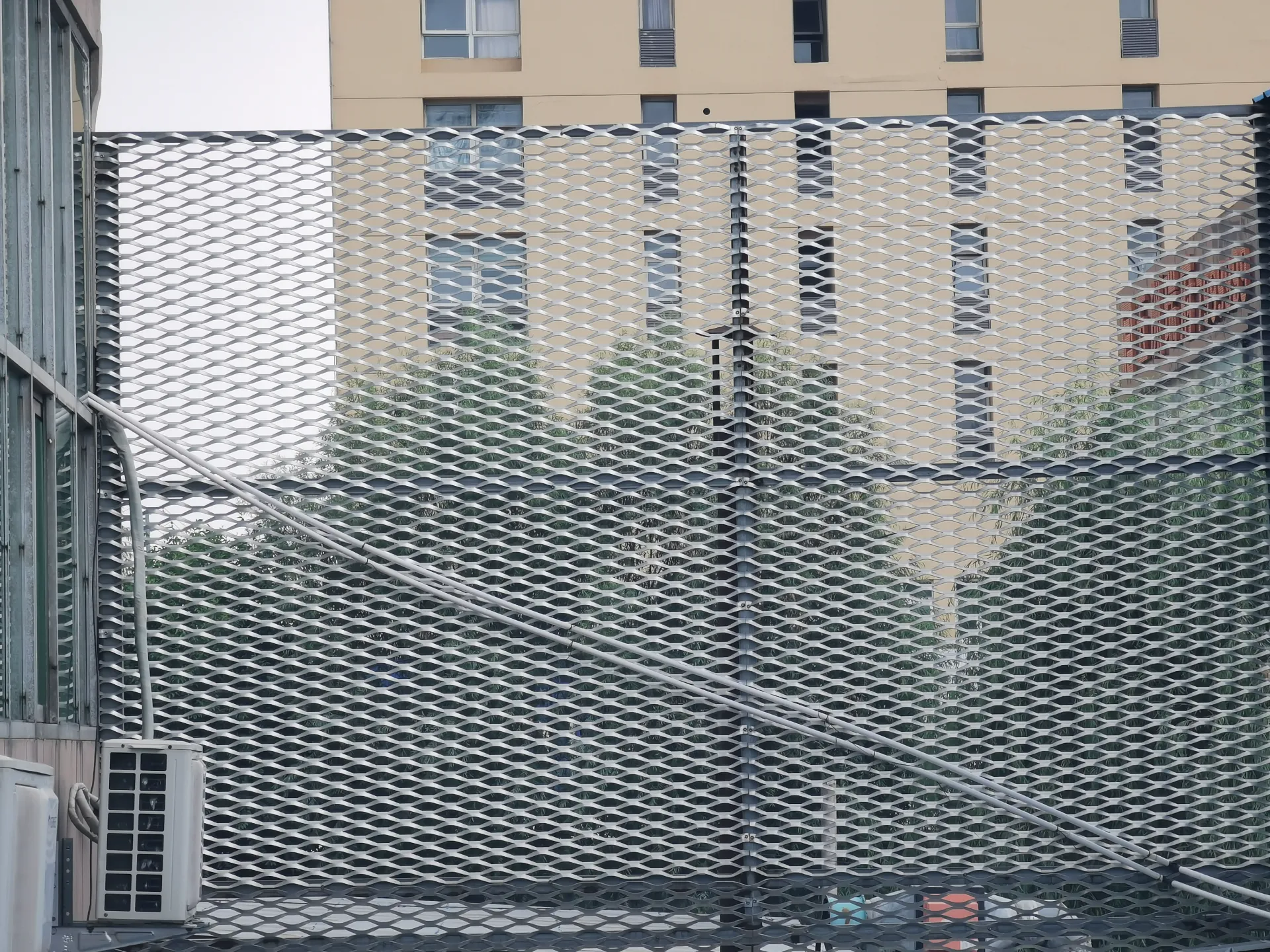
Xaus
Nrog rau niaj hnub minimalist architectural qauv, nthuav hlau coj zoo nkauj thiab functionality rau cov tsev. Nws tseem yog cov khoom siv tshiab uas tau dhau los ua qhov tseem ceeb ntawm cov khoom siv kho kom zoo nkauj hauv niaj hnub architecture nrog nws cov qauv mesh tshwj xeeb thiab kev ua tau zoo. Txawm hais tias nyob rau hauv cov tsev lag luam siab, cov haujlwm hauv tsev, lossis cov chaw pej xeem, cov hlau nthuav dav tuaj yeem ua rau pom kev zoo nkauj.
Tom ntej:
Nov yog thawj tsab xov xwm

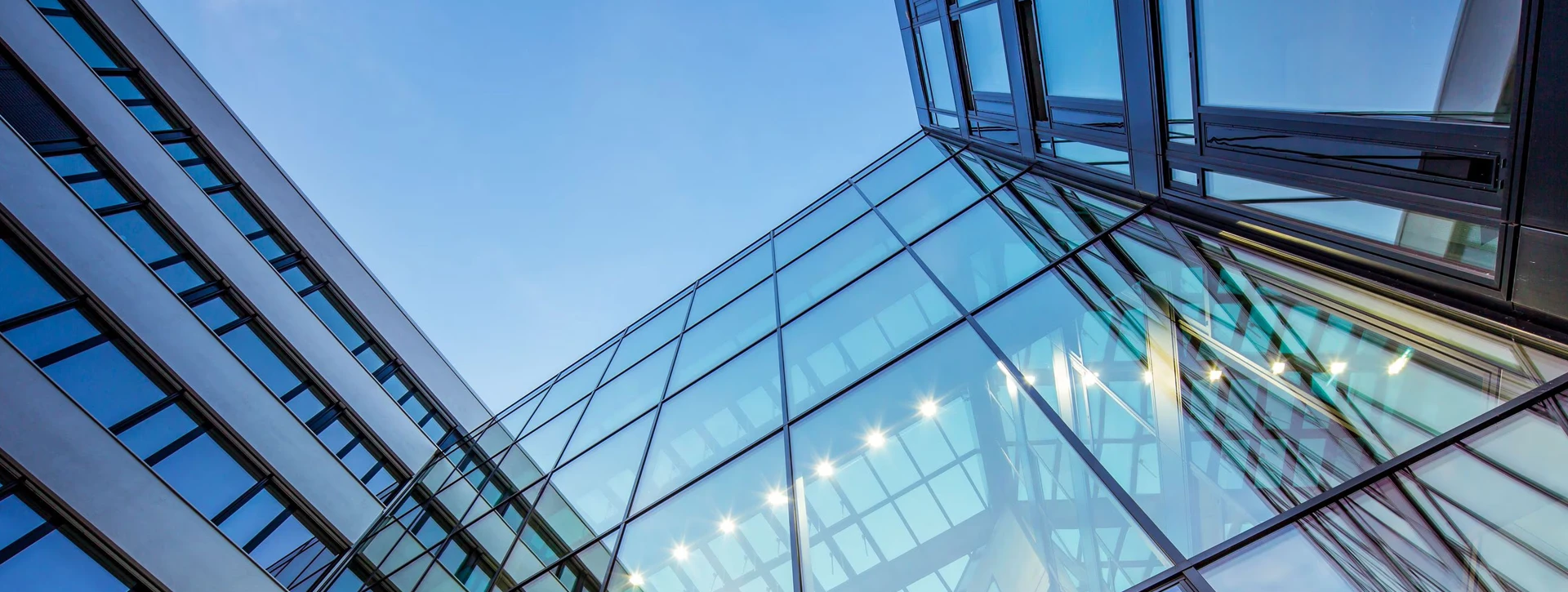
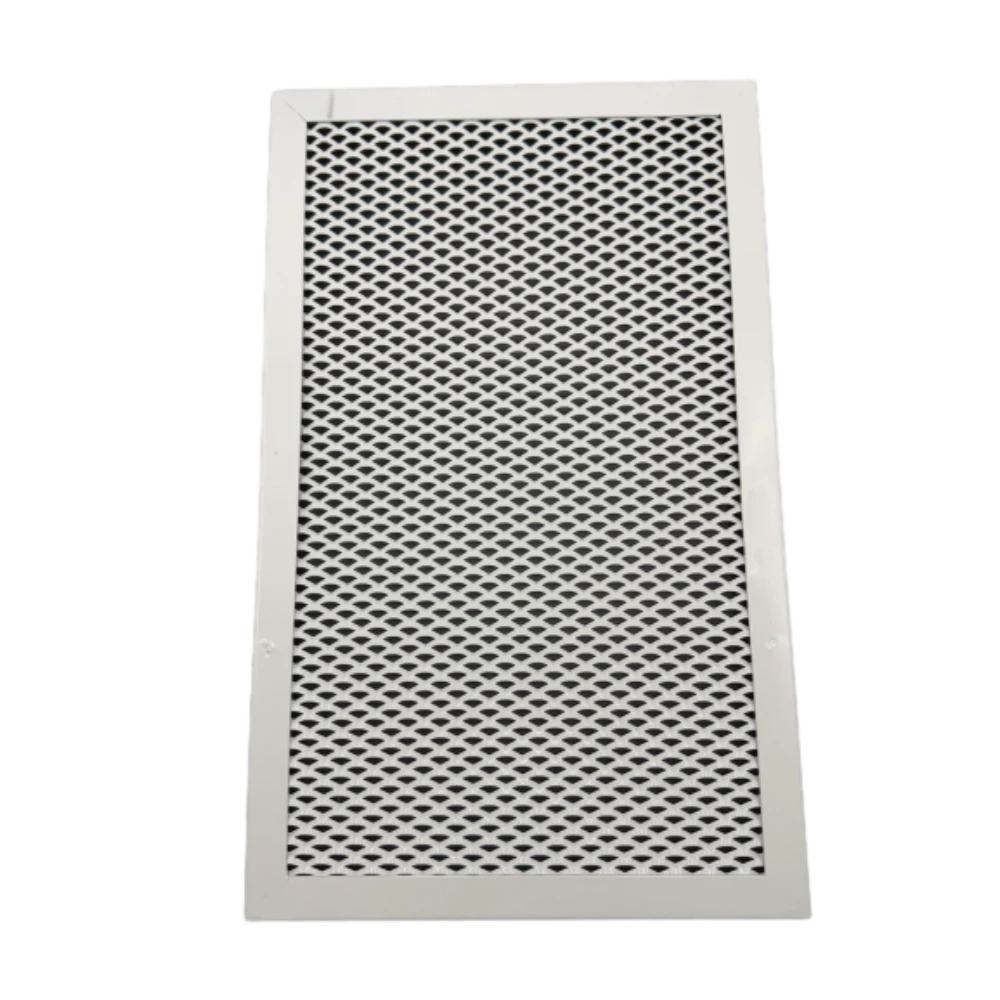
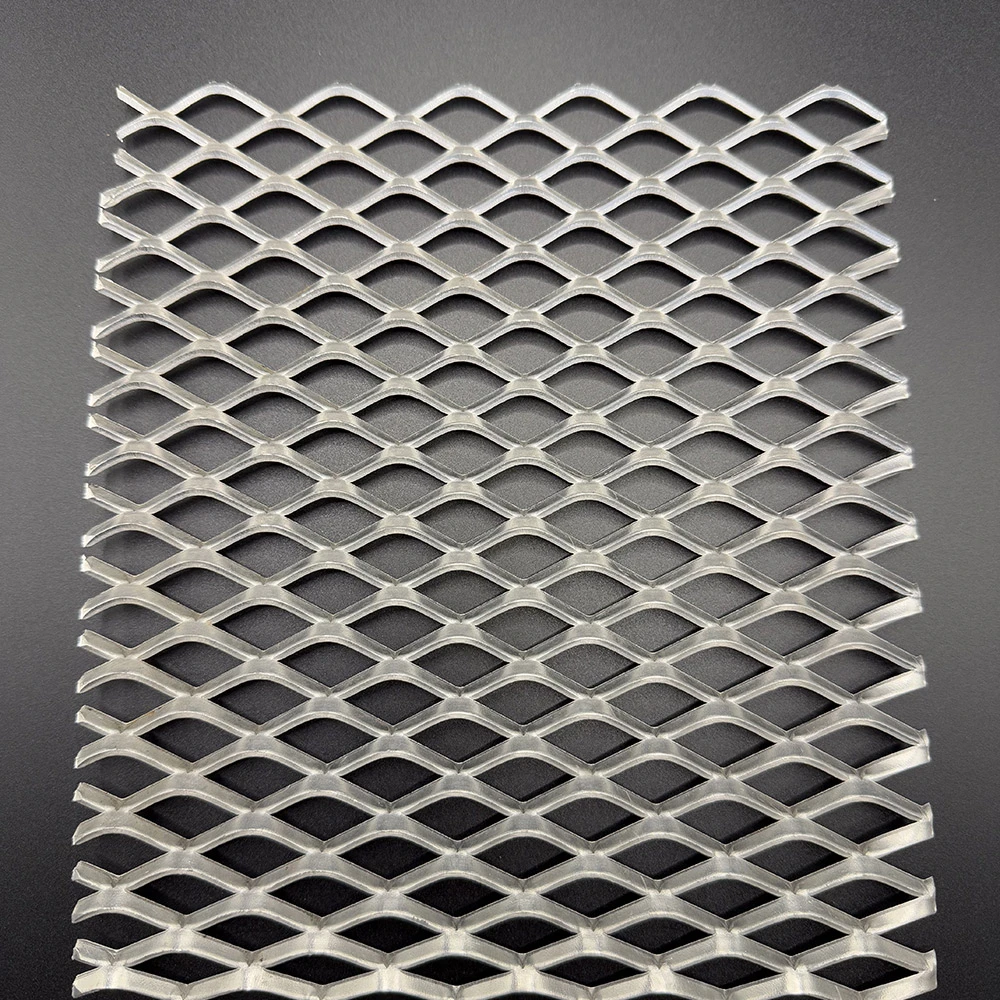
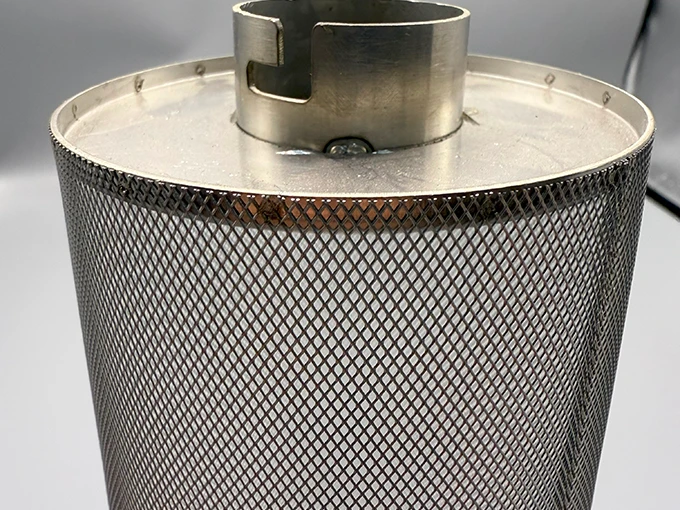
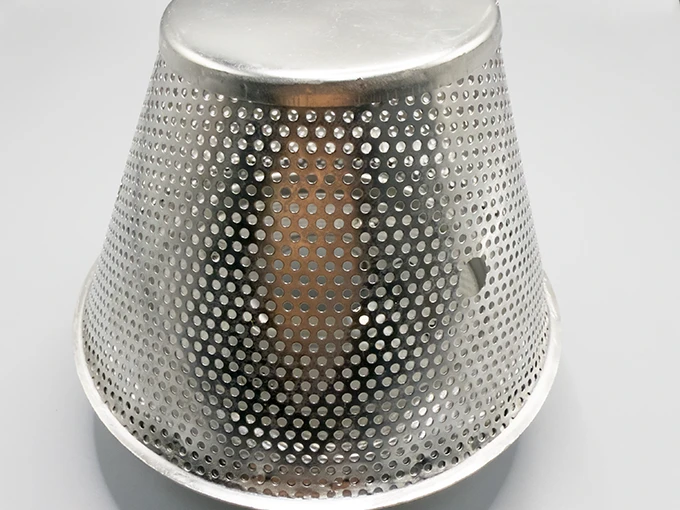













![$item[title] $item[alt]](https://www.ccmetalmesh.com/images/cc-7691.webp)

